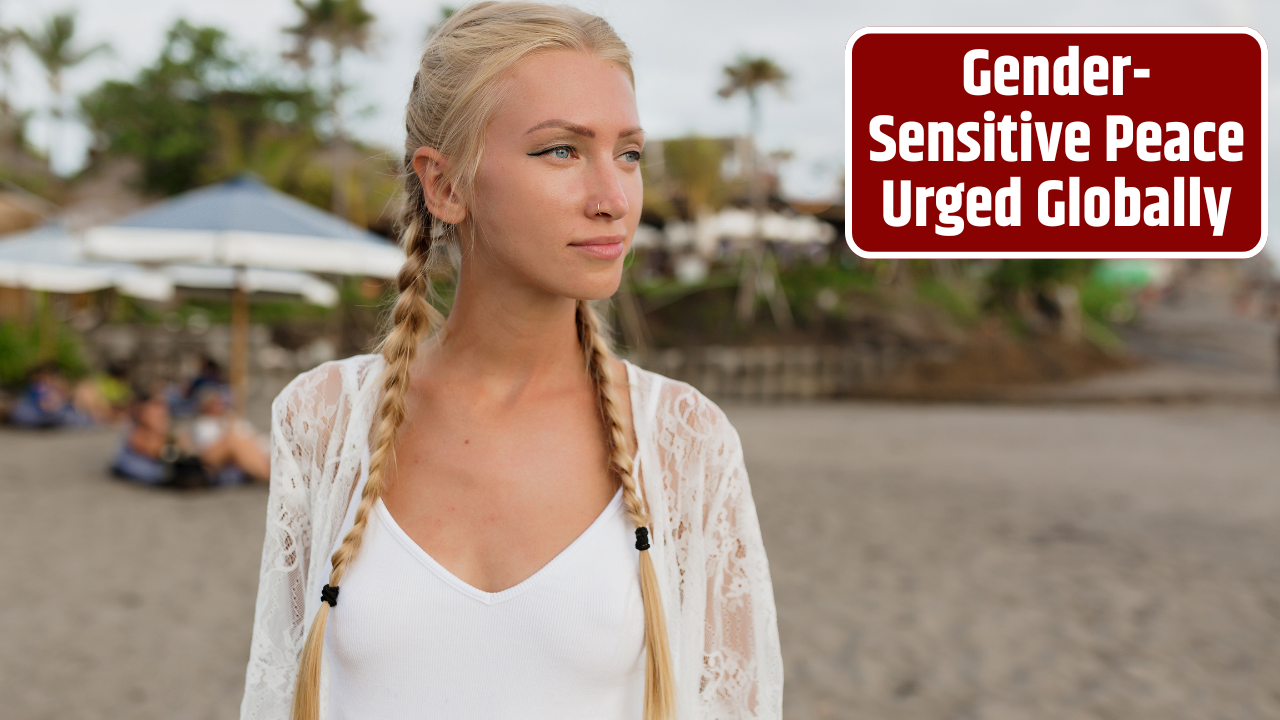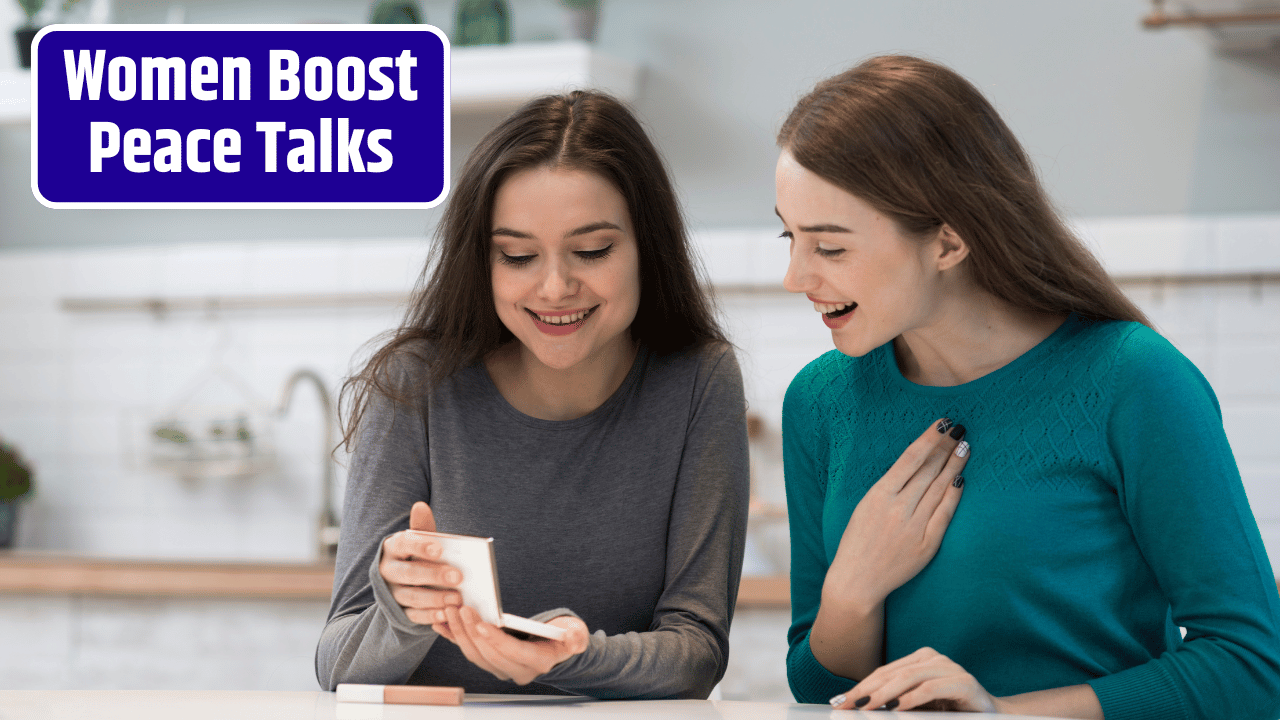You know what’s wild? For all the talk about peace and progress, we’re still overlooking half the damn planet when it comes to making actual decisions about war and peace. Yep—half. Women are still routinely shut out of peace negotiations, conflict resolution processes, and post-war rebuilding efforts.
But that’s starting to change. Slowly. On July 31, global leaders gathered at a high-level summit hosted by the United Nations in Geneva, calling for gender-sensitive peace processes in all nations—emphasis on all. From Colombia to Sudan to Ukraine, they’re finally saying the quiet part out loud: You can’t build lasting peace while sidelining women.
Table of Contents
What Do We Mean by Gender-Sensitive Peace?
Let’s break it down real quick. “Gender-sensitive” isn’t some feel-good fluff term. It means recognizing that men, women, and gender-diverse folks experience conflict differently—and that they all bring unique insights to solving it.
Women and girls often suffer the brunt of war: sexual violence, displacement, poverty, trauma. But they’re not just victims. They’re also frontline responders, organizers, peacebuilders. And they have stories and solutions that aren’t being heard when negotiations are dominated by suits in the same room who’ve been fighting the same fights for decades.
Gender-sensitive peace processes aim to:
- Include women at every level of negotiation and decision-making
- Address gender-based violence and protect vulnerable groups
- Empower local communities, especially female-led civil society groups
- And most importantly? Change the culture of conflict resolution so it’s not just “men with guns” cutting deals
Why the Push Now?
Look, this isn’t a new idea. The UN Security Council adopted Resolution 1325 on women, peace, and security way back in 2000. But in classic international fashion, there’s been a lot more talk than walk. Only about 6% of negotiators in major peace processes over the past two decades have been women. Six percent! That’s not a gap—that’s a canyon.
But now, the stakes are higher. Conflicts are popping up faster than diplomatic solutions can keep up. Think Gaza, Ukraine, Ethiopia, Haiti. Add to that rising authoritarianism and shrinking space for civil society, and you’ve got a recipe for peace talks that are stale before they start.
Global leaders—including UN Secretary-General António Guterres—are calling for mandatory gender quotas in peace delegations, more funding for grassroots women-led peacebuilding groups, and stronger accountability when nations ignore the rules.
Where It’s Working (And Where It Isn’t)
Some countries have figured this out better than others. In Colombia, for instance, women played a key role in the 2016 peace deal with the FARC, ensuring protections for victims of sexual violence and recognition of Afro-Colombian and Indigenous women’s voices. Rwanda, scarred by genocide, has also become a model in women’s political participation.
But other places? Not so much. In Afghanistan, the Taliban’s return has erased two decades of progress on women’s rights—gone in a snap. In Myanmar, women are resisting military rule, but have almost no representation in the formal peace process.
And in many cases, even when women are “in the room,” they’re tokenized or sidelined. It’s not just about a seat at the table—it’s about having an actual voice.
Let’s Talk Money and Power
Here’s something most reports skip: Peace is a money issue too. You want women at the peace table? You’ve gotta fund them. Right now, less than 1% of international aid for peace and security goes to women-led organizations. One. Percent.
So yeah, the UN and its partners are now pushing for a shift in funding—moving money from bulky top-down programs into the hands of local changemakers who actually know what their communities need. That means backing education, mental health care, economic development, and protection for at-risk groups—especially in post-conflict zones.
Because guess what? Countries with strong gender equality are less likely to go to war in the first place. It’s not just morally right. It’s strategically smart.
What’s Next?
Leaders at the summit have committed to integrating gender perspectives into all peace-related efforts by 2030. A big goal—but also a ticking clock. The world’s getting more volatile, and the old models of peace just aren’t cutting it.
The plan includes:
- National Action Plans (NAPs) with real teeth
- More women mediators trained and deployed globally
- Early-warning systems that flag gender-based violence as a conflict trigger
- More pressure on male-dominated regimes to open the damn door
But like always, it comes down to implementation. Speeches are easy. Budgets and policies? That’s where the rubber hits the road.
FAQs
Isn’t this just identity politics? Shouldn’t peace be about skill, not gender?
It is about skill. That’s the point. Women and marginalized folks bring crucial perspectives that have been missing. Excluding them is both unjust and ineffective.
How can countries enforce gender-sensitive peace processes?
Through legally binding commitments, funding requirements, and transparency mechanisms. Basically: carrots and sticks.
What role do men play in this?
A huge one. Allies matter. Male leaders need to actively support inclusion and step aside when needed.














